EGU 2024: training course on the P-SBAS DInSAR web tool for Earth surface deformation
Earth surface deformation due to phenomena like volcanic eruptions, earthquakes, landslides, land subsidence due to fluid extraction activities or large infrastructure construction, can be effectively investigated using Synthetic Aperture Radar (SAR) sensors.
Through the SAR Interferometry (InSAR) technique, two radar images of the Earth’s surface are captured from slightly different angles. By comparing these images, detailed three-dimensional maps of the ground can be created, providing valuable insights into its topography.
When these images are taken at different times, employing the Differential SAR Interferometry (DInSAR) technique, it becomes possible to measure changes in the Earth’s surface over time.
One particularly effective method for tracking these changes is the Parallel Small BAseline Subset (P-SBAS) algorithm, developed at IREA-CNR.
During the EGU General Assembly 2024, on April 18th, IREA – CNR will be conducting a training course, organized with our support, on the P-SBAS DInSAR on-demand service integrated on the EarthConsole® platform.
In this training, you will be guided by IREA – CNR team experts on the Interferometric analysis and on the use of this tool to process both Sentinel-1 and ENVISAT SAR images in a fully unsupervised manner, all through the EarthConsole® P-PRO ON DEMAND web interface without the need to download data to your own processing and archiving systems.
You will also be introduced to the ESA Network of Resources (NoR) initiative that may sponsor scientific users to access the P-SBAS DInSAR on EarthConsole® free of charge.
Find more information on the course either online or on this flyer.
The entry into operation of the P-SBAS DInSAR for Sentinel-1 on-demand service represents an important opportunity for researchers studying Earth surface deformation as it complements the already operational P-SBAS DInSAR for ENVISAT on-demand service available through the ESA Heritage Missions Virtual Lab hosted on EarthConsole®.
This will enable researchers to generate time series and get insights into the evolution of Earth surface deformation over the years.
How to access these services on EarthConsole®:
- Log in/Register on the EarthConsole® webapp.
- For P-SBAS DInSAR for Sentinel-1: fill in the P-PRO ON DEMAND form. We will use the information collected through the form to prepare a sponsorship request for the ESA Network of Resources initiative, that we will send you for your review and approval. If authorized by ESA, the NoR sponsorship would cover the cost of using the P-SBAS DInSAR for Sentinel-1 service within a 6-months time frame.
- For P-SBAS DInSAR for ENVISAT: request a free of charge membership to the ESA Heritage Missions Virtual Lab. Upon authorization from ESA, you will receive 100 processing hours to start using the service.
If you need any clarification, please do not hesitate to get in touch at info@earthconsole.eu.

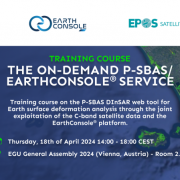
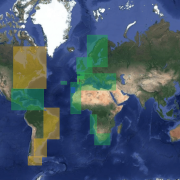
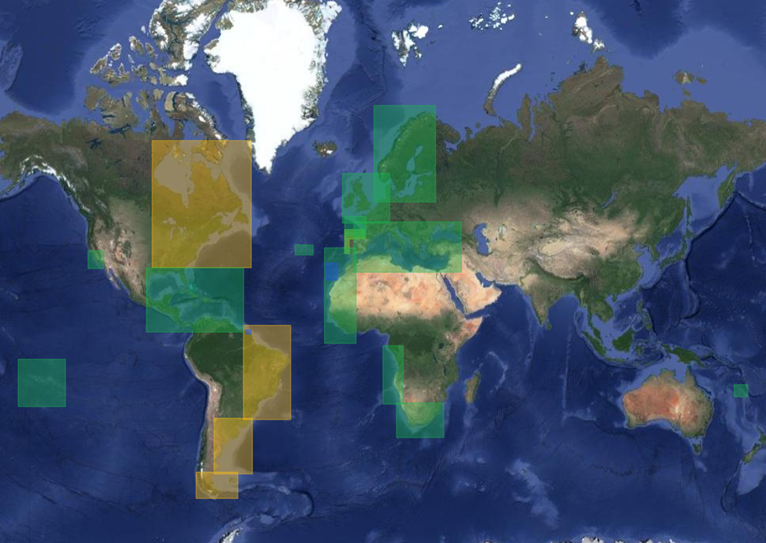
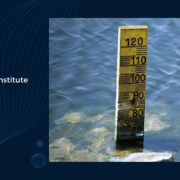
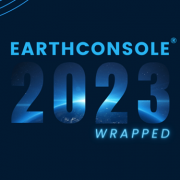
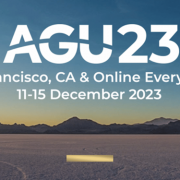
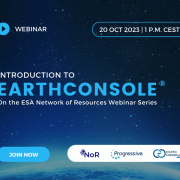
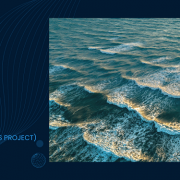
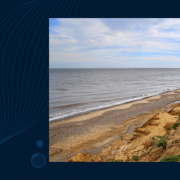
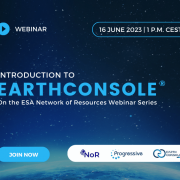
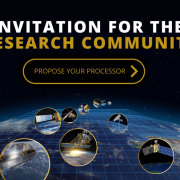 Satellite images © ESA
Satellite images © ESA